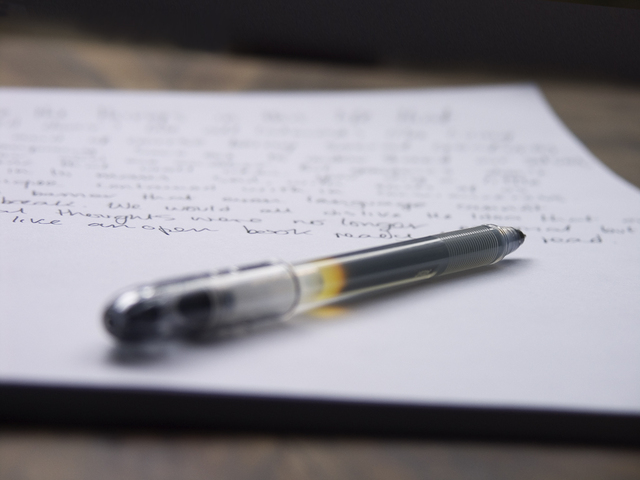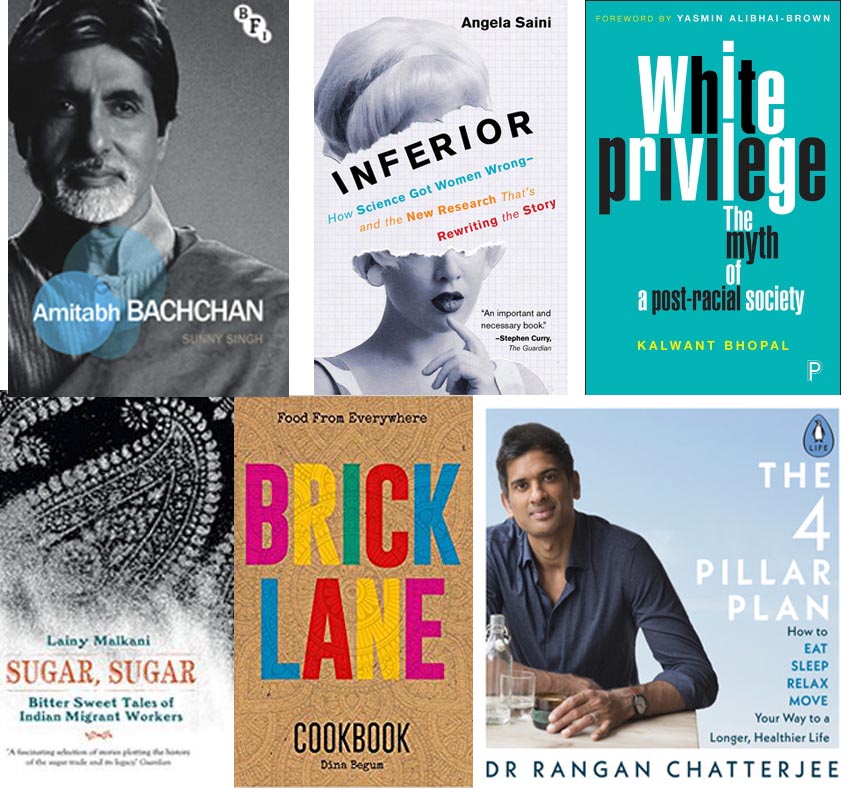It wasn’t until university that I read a single book by an Asian writer – it was my final year and I had signed up to an Introduction to South Asian Literature, partly out of some sense of loyalty (I had spent the last two years being the only Asian person on my course, at a majority white middle-class university) and partly because my personal tutor had practically signed me up insisting it would be a positive experience and that we were lucky to be having a module taught by notable poet Raman Mundair. An Introduction to South Asian Literature came highly recommended.
It was only in my final year that I had the confidence to pick my own modules that included fictional works – Women’s Writing in the 19th Century, Canadian Literature – writers, like Alice Munro and Margaret Laurence I wish I had come across before and made sense to me. I no longer felt stupid or incompetent sitting in a class with my white peers. For the first time I didn’t feel like I was working twice as hard to barely catch up. There was a comfort that came from not reading or rather pretending to read the classics, from not having to pore over a phrase to deduce a meaning that meant something and nothing. Before then I had spent hours, days, months, struggling to get to grips with Austen (having only managed to understand it on a third reading aged 16) wrote about books I never finished (Mill on the Floss), pulling out quotes that meant nothing to me. The fiction I knew was hard-going.
I had been a voracious reader as a child privileged enough to be brought up in a home surrounded by books – a library that housed all the children’s classics from Peter Pan to Matilda – and an impressive but rarely used collection of Britannica Encyclopedia – a gift from our parents to their four children in the hope that ‘they do something important, something that mattered.’ This despite my mother insisting we go off and work at the bank, for it meant a ‘job for life and a deal on a mortgage.’ But even in the safe haven of these books I struggled to relate. Only in a book called ‘Mufaro’s Daughter’ about sisters and their relationship with their father did I see people like me, someone who had some resemblance. During my teens I stuck within the parameters of a rigid curriculum and burdened by reading lists that I rarely read for pleasure at all.
So, I had very little expectations of a class in South Asian Literature. I had no expectation at all that it would be an enjoyable experience. I didn’t expect it to be life-changing. Within the first week, we were told that Raman Mundair could no longer teach the class, we would have somebody else. This somebody else made changes to the reading list. I was not happy. But then, I picked up Kamila Shamsie’s Kartography and was overjoyed by the fact that something of my own experiences and had been fictionalised. I too had a fatty chacha – I mean who didn’t? By and large (no pun intended), the novel threw me into a new world, took me to Pakistan and I read with discomfort about the middle class Pakistanis, whom I didn’t know anything about, with their loose morals – more Western than anyone I had ever met. (I had for most of my life lived a sheltered life, curled up in a corner with a notebook and managed to spend an entire summer without leaving the house).
Can you imagine my equal horror and delight when I then read Mothsmoke? I fell in love with Mohsin Hamid, marked him out as a writer with a talent. The voice was gripping, the author played with narrative and structure, and was having fun through the voice of the judge. Milord. I thought that was genius. Before this experience, I had read stories, for stories sake, to write essays, to decode some cryptic meaning that writers were trying to send us through their words. Through Hamid’s exploration of how far he could push the boundaries of writing fiction, play with words as it were, I too became a different kind of reader. It also changed how I wrote.
The class which was taken by Rajeev Balasubramanyam invited us to read books by emerging British Asian writers, as well as watch Bollywood films and read the Indian classics, Mahabharata and Ramayana as well as the likes of RK Narayan. It gave me an appreciation and grounding that my own culture and experiences could form the heart of my own stories. Before then my writing had fixated on things I considered to be important, people I had conjured up. Characters were now no longer a world a way, merely ‘just a work of the imagination.’ They were people I’d met, people I’d grown up with who I had spent most of the time avoiding. Some part of my own experiences had been written about, made their way into the pages of a book and this gave me a sense of validation – people like me mattered too.
The #WeNeedDiverseBooks campaign that inspired this post was officially launched in May 2014. You can find out more about the campaign here.

